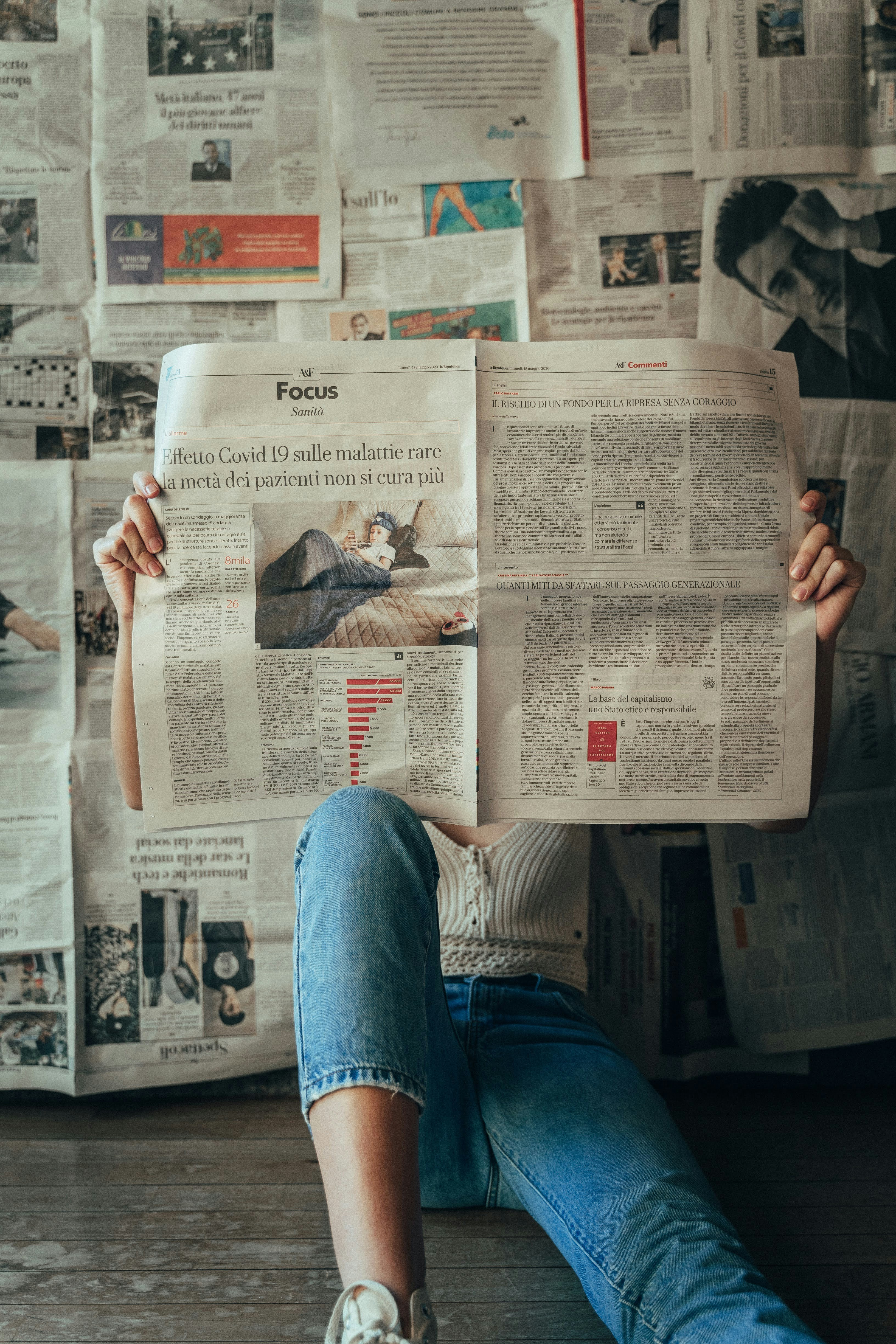Getting the Whole Picture
Introduction
There are different types of bias that can exist in the media. A lot of times the place we live, the language we speak and the views we have influence the media we watch, which influences the information we get. We may only get one story out of many.
Algorithms
Algorithms are one thing that can influence the stories we see. Algorithms are designed to show us content we might be interested in, depending on our previous likes. Unfortunately, this also includes political content and news about major world events. Social media can create a “filter bubble”, in which you only view content you already agree with. There is no way to overcome filter bubbles on social media, but it is important to check other viewpoints and get your news from places other than social media (GCFGlobal 2019).
Not just a social media thing
Not getting the whole picture, however, is something that can be a problem in “legacy media” (media that existed before the internet) as well as social media. For example, when the US withdrew its forces from Afghanistan, though US news organisations discussed women’s rights to a great deal, only 5% of those interviewed were Afghani women. And no anti-war activists or scholars were interviewed (Hollar 2021). It is clear that US news outlets pushed the side of the US, and the pro-war side.

Traditional, or legacy, media like newspapers can also tell just one side of the story. Photo by Ludovica Dri on Unsplash.
Source list

Page created 23rd of April 2024